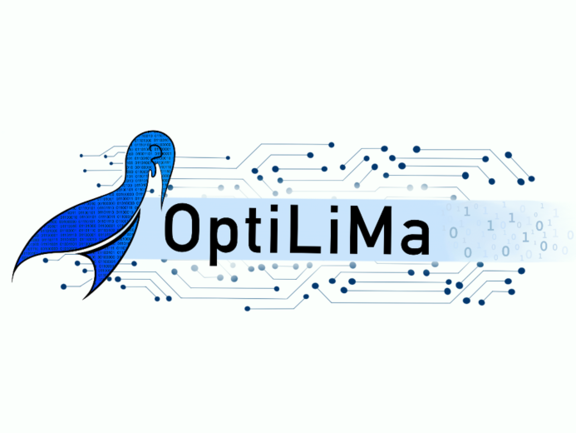Aim
The interdisciplinary research project “Optimization of light management in the husbandry of fattening turkeys” aims to develop an innovative lighting system for male fattening turkeys, with the aid of a high-quality LED technique. Based on scientific investigations, spectra of natural lighting conducive to animal welfare are defined and replicated using an LED-based, spectrally controllable lighting system. The behavior of male fattening turkeys is scientifically observed and analyzed under different light scenarios and different flicker frequencies. In addition, the behavior of the turkeys is recorded with video cameras and the movement profiles are tracked and evaluated with an image processing system in order to automatically detect behavioral conspicuities within the flock and intervene with a controlled adaption of the light. Different light zones are shed up in a conventional fattening turkey farm, which reproduce a natural habitat to identify the preferences of the birds and to build up protective zones for turkeys that are harmed by conspecifics, that are unattractive to the remaining birds of the flock.
Background
In current agricultural practice, the light in conventional housing systems orients more on the compliance of legally required conditions than on the requirements of an appropriate housing environment. Thereby light is a factor with which behavioral discrepancies like injurious pecking (“cannibalism”) can positively be influenced, that leads to an improved animal welfare, reduced losses within the flock and therefore to a higher efficiency. Birds have developed the most efficient visual organs among vertebrates. The color sensitivity as well as the visual resolution, especially of diurnal birds, exceed the visual performances of human eyes by far. Beside color receptors, the retina of the turkeys´ eyes also contain receptors that are sensitive to ultraviolet (UV) wavelengths. Since the front parts of the retina are permeable for UV-wavelengths, it can be assumed that turkeys are also able to perceive UV-light. Currently, the knowledge about the impact of artificial light, especially of light spectra and flicker fusion frequencies on behavior, performance and health of fattening turkeys is limited. Whether there is any potential in an adapted light management specifically for turkeys, to minimize undesired behavioral discrepancies, will be examined as a part of this research project.
Project partners:
- Hochschule Hannover, Fakultät I – Elektro- und Informationstechnik
Prof. Dr.-Ing. K. Homeyer - Big Dutchman International GmbH, Business Unit Poultry
Dipl-Ing. (FH) N. Neugebauer



![[''] ['']](/fileadmin/FLI/Images/ITT/Putenkueken.jpg)